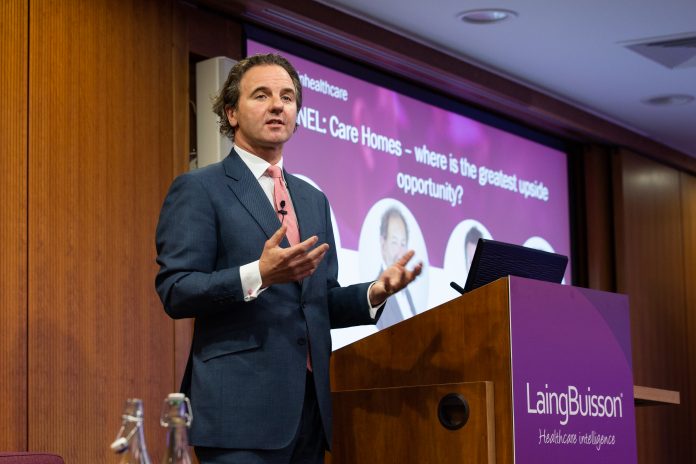The growth rate of care home beds continues to be insufficient despite developers and investors keen to press ahead with new sites.
Last year, 71 new care homes (4,610 beds) were added to the market, compared to 79 homes (5,530 beds) in 2019. ‘This is an impressive figure when you consider the freeze on construction sites from April to June of 2020 and the financial uncertainty that may have delayed or reversed many decisions on development,’ said Knight Frank’s annual UK Healthcare Development Opportunities report.
‘Activity in 2021 has so far been active with 35 new care homes (2,430 beds) already delivered or due for completion by mid-year.’ This compares to 4,610 beds delivered in the whole of 2020.
There are more than 7,000 beds under construction and a further 10,000 in the planning or tender stage, the report said.
Despite the positive outlook, growth in beds has stifled, with Knight Frank data showing care home supply growing 6% in the last decade, while the UK’s over 65 population has risen 22% over the same period.
The report showed care home beds across the UK grew by 0.1% in the past year to 480,072 across 12,034 care homes. This was largely attributable to developers pausing operations to deal with the impacts of the pandemic.
It said older care homes were often converted from other use, but many failed to provide adequate facilities for older residents. Almost a third (29%) of existing beds lack en-suite facilities, it found.
‘While the past year has seen a modest increase in the total number of beds, this rate of growth remains insufficient and we risk an imminent care bed crisis, especially given the projected surge in the UK’s over 65 population in the coming decade,’ said Julian Evans, head of healthcare at Knight Frank.
‘It is vital that new homes are built and existing stock is upgraded to meet the standards required of care providers. Though development activity is showing signs of recovery, the industry is still grappling with the latent effects of the pandemic, and we expect these problems to persist into the next year.’
He added there were concerns over limited finance funding development in the sector because of increasingly risk averse high street clearing banks reluctant to take a risk combined with increased cost of raw materials and labour.
The UK will see the over 85 population grow from 1.6 million in 2020 to 3.7 million by 2050. Knight Frank predicts an additional 350,000 people will potentially need an elderly care bed, almost doubling the level of demand within 30 years.
Analysis showed UK-wide occupancy declined from 89% to 79% (as of April 2021) since the outbreak. ‘Encouragingly, occupancy rates are now recovering with existing residents vaccinated against the virus, and a backlog of new elderly residents beginning to refill care homes,’ the report said.








 ©2024 All rights reserved LaingBuisson
©2024 All rights reserved LaingBuisson 


